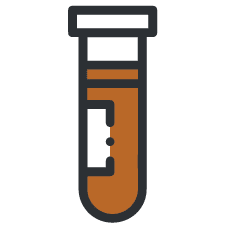Suboxone is a medication used to treat opioid use disorder. It is a combination of buprenorphine and naloxone, which work together to block the effects of opioids and prevent withdrawal symptoms.
It has gained significant attention in addiction treatment. With the rising concern over opioid addiction and the abuse of prescription medications like Klonopin, finding effective treatments like Suboxone is crucial. According to statistics, around 2 million people in the United States struggle with opioid addiction, making it a pressing public health issue.







